Tourists visiting Paris this weekend are being warned to brace themselves for a potential weekend of misery as flooding and transport strikes continue.
Heavy rain in central Europe has left 14 people dead, forced thousands from their homes and forced the Louvre museum to close to protect its priceless paintings.
UK families in France for the half-term break have already been struggling to get around amid industrial disputes which have crippled parts of the transport network since the government began pushing through labour reforms, according to the Press Association.
Blockades in towns and cities have led to fuel shortages, while state railway SNCF said 40% of the country’s high speed trains were cancelled because of striking rail workers.
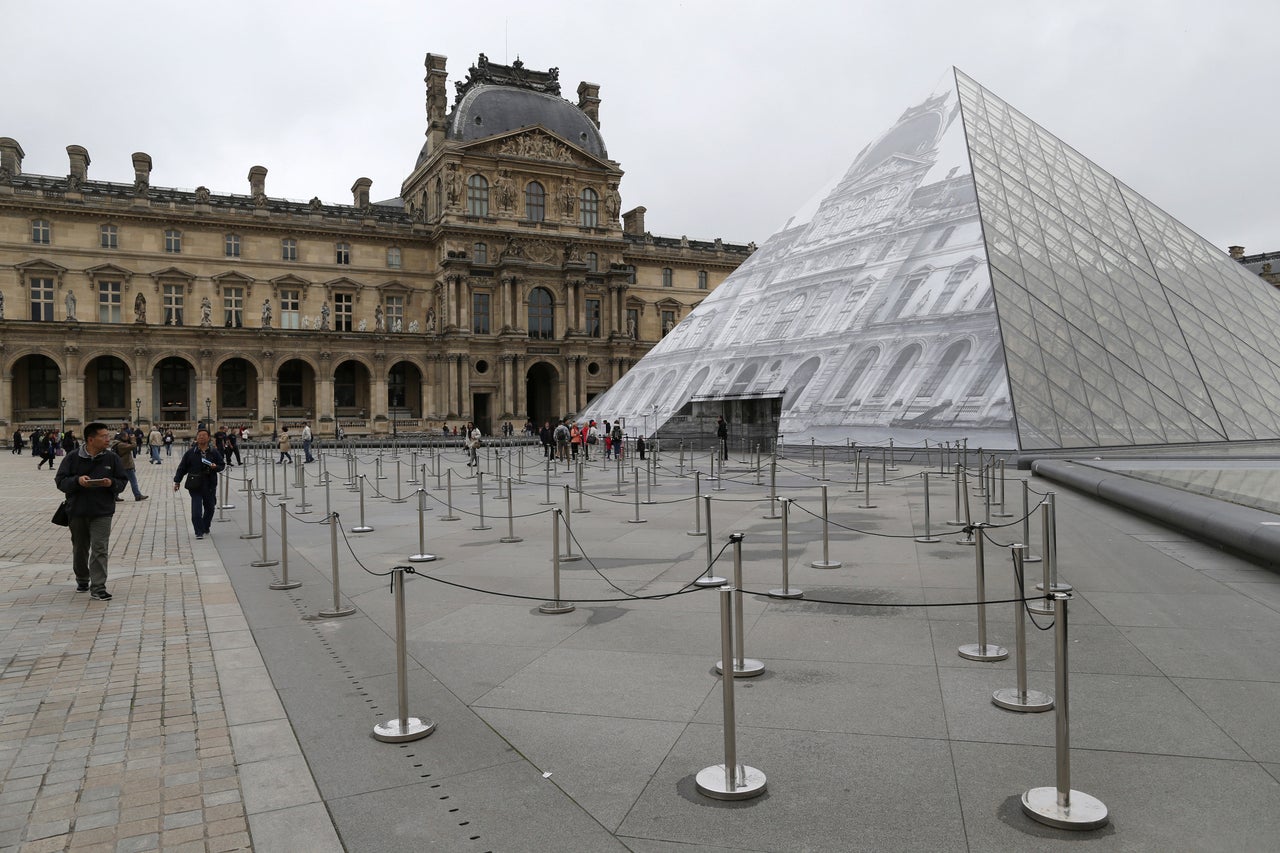
Ryanair cancelled 75 flights on Thursday as French air traffic controllers also took strike action.
The Dublin-based airline said it was the 50th such strike since 2009 and the ninth in the past 10 weeks.
Thousands of football fans from the UK are due to travel across the Channel in the coming days to support England, Wales or Northern Ireland at the Euro 2016 football tournament.
Many tourists were left disappointed on Thursday went the Louvre was forced to close because of rising floodwaters in the capital.
The museum has closed its doors to allow staff to remove artworks to safety.
In an internal email seen by Reuters, Louvre officials said: “The museum will remain closed to the public tomorrow (Friday) out of precaution: there is no danger to the public or our staff but will allow us to calmly remove certain art collections should it be necessary.”
The Musee d’Orsay, situated on the other side of the river, also closed early on Thursday.
Story continues below slideshow...
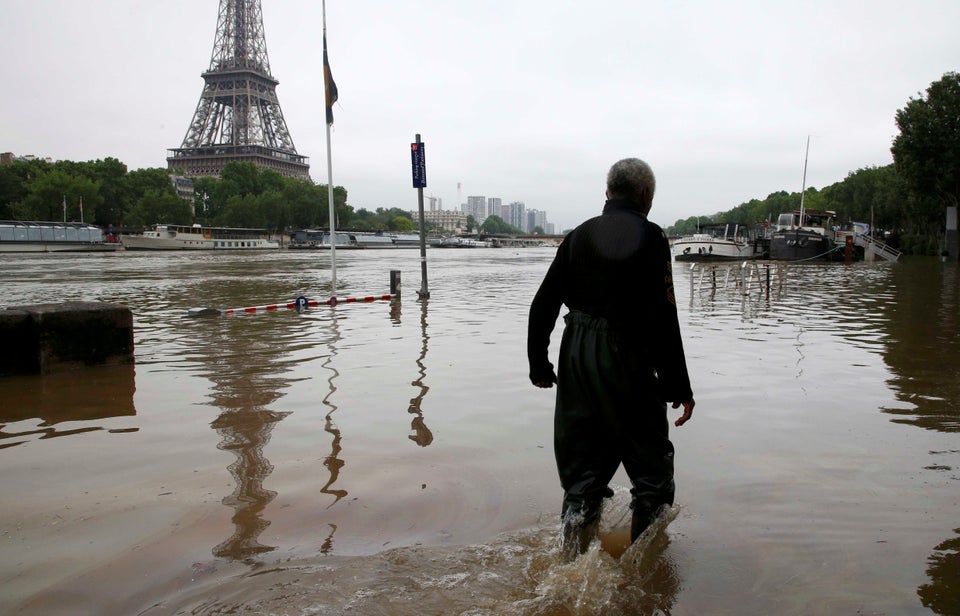

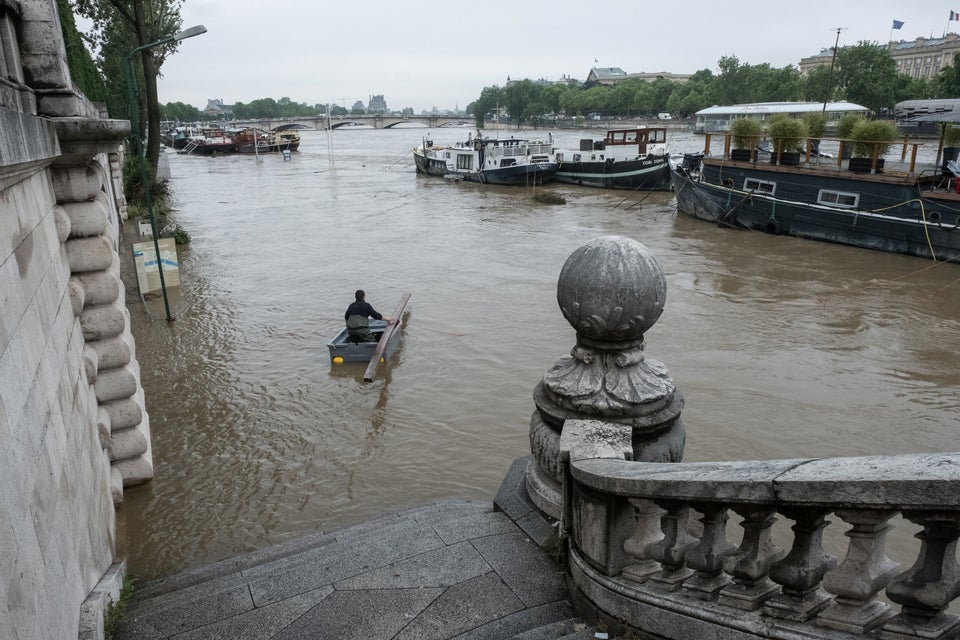




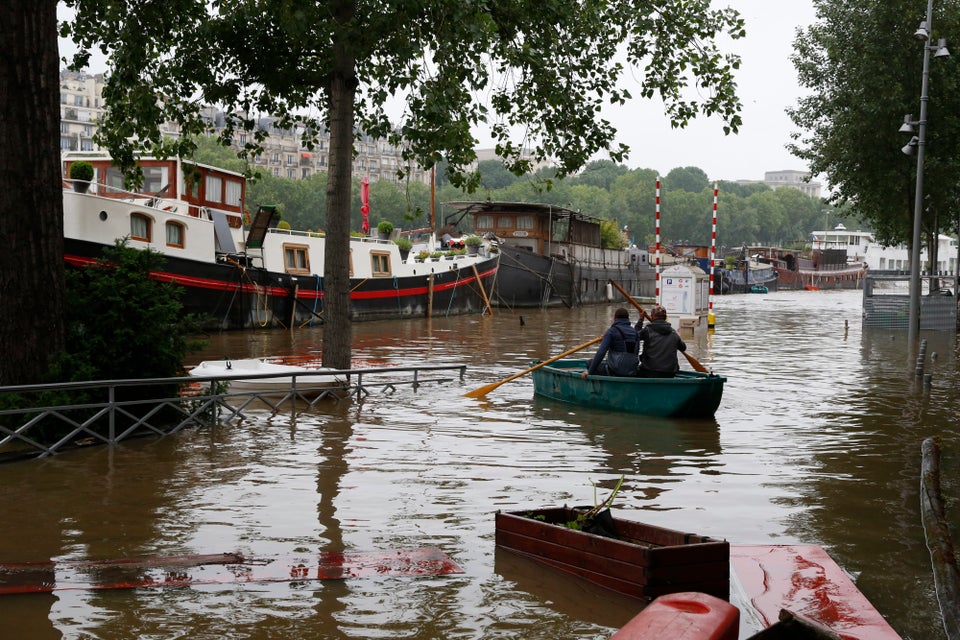
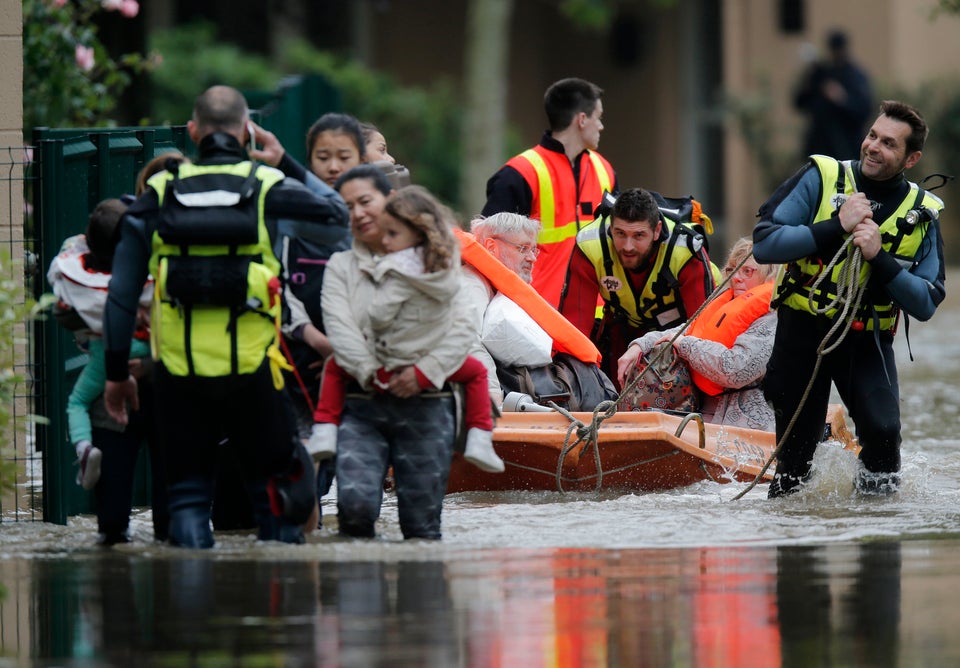
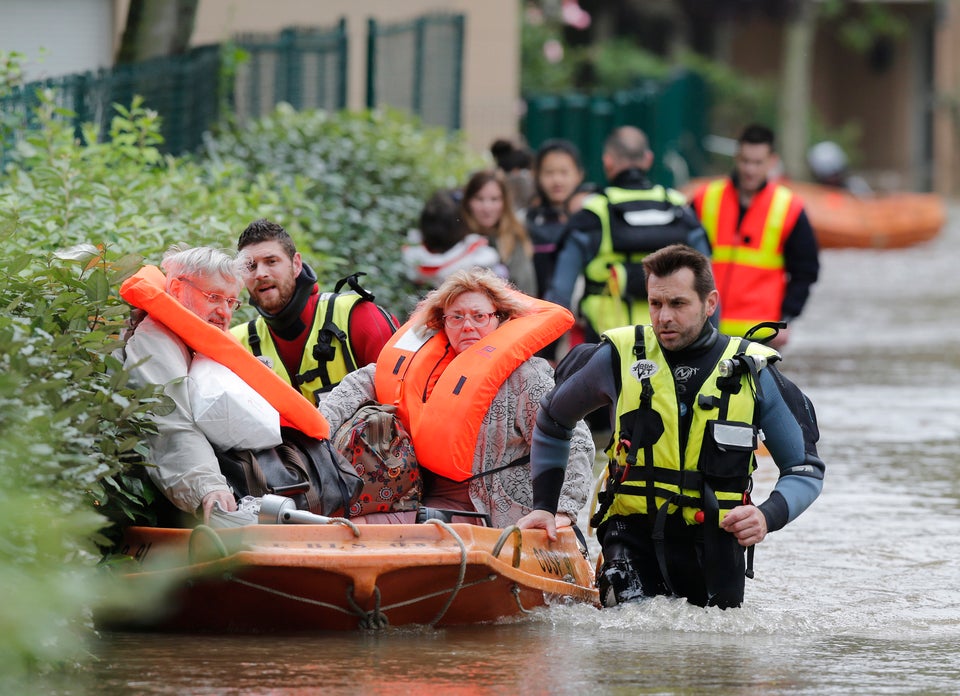
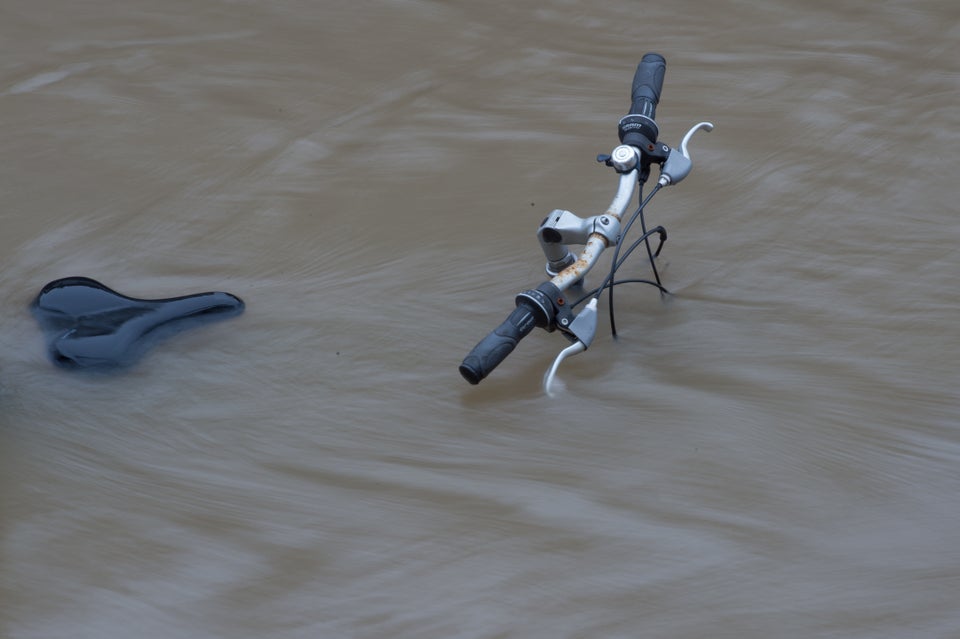
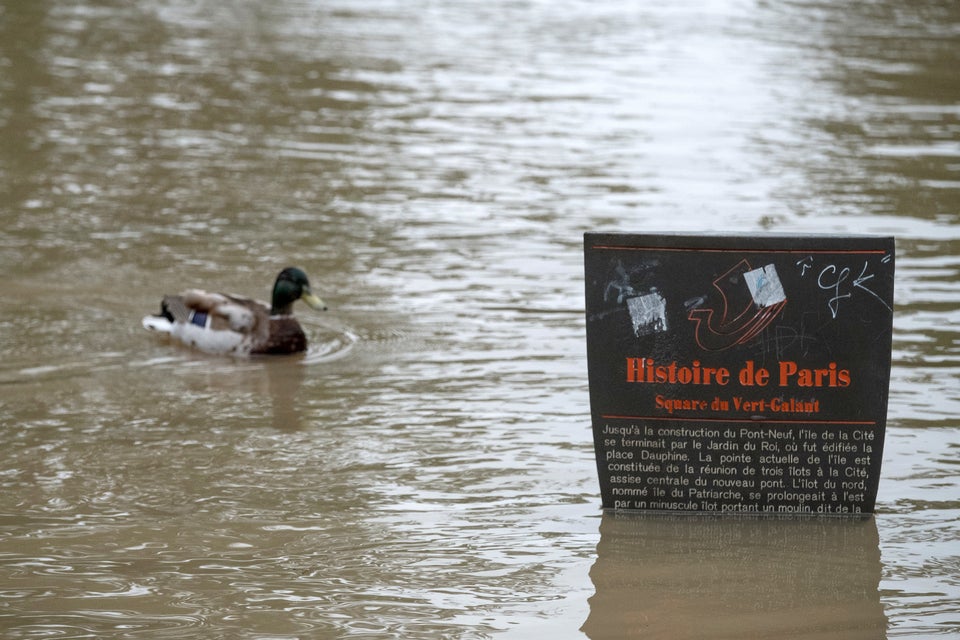
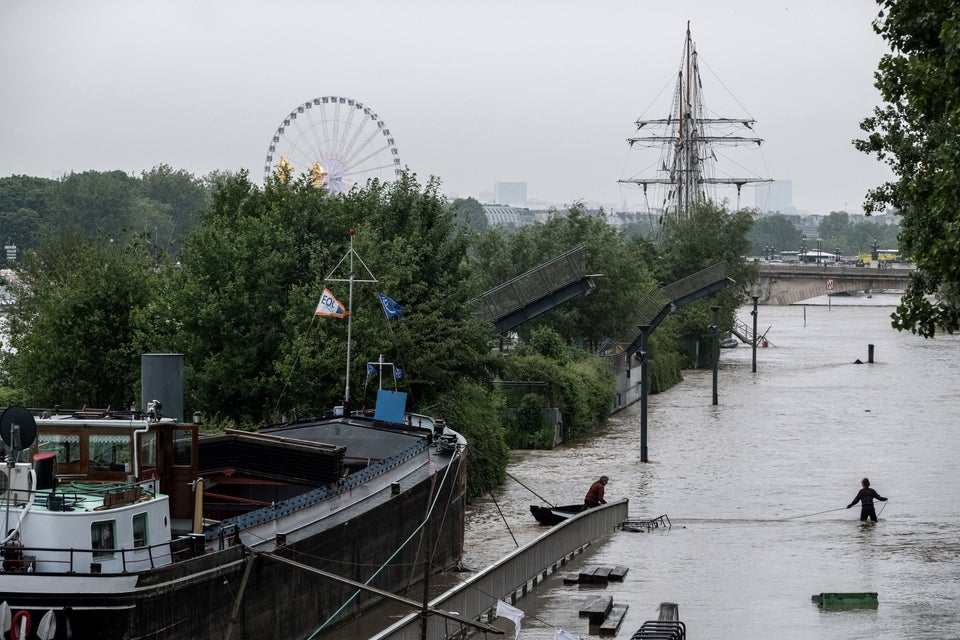
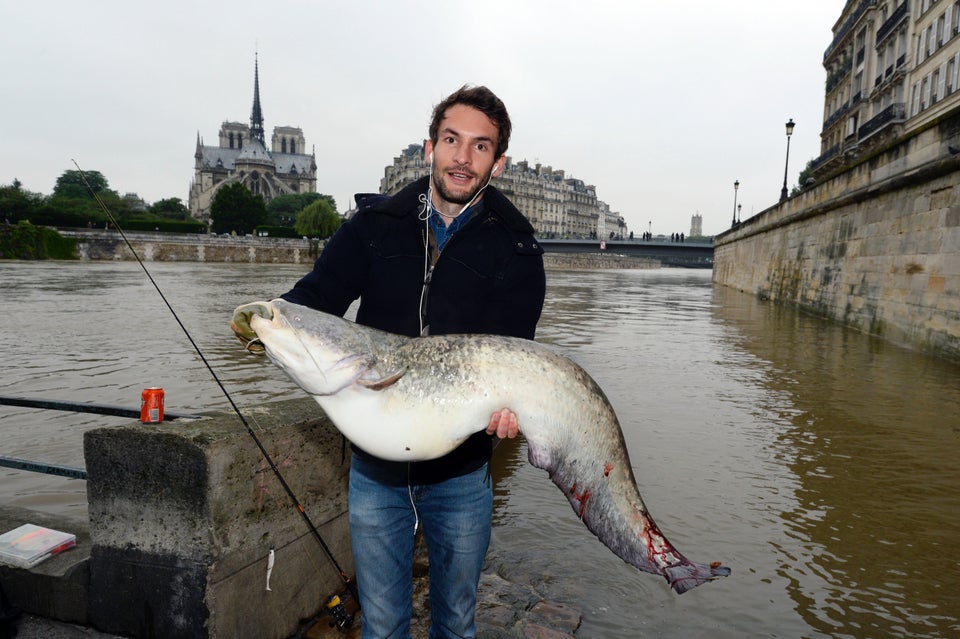
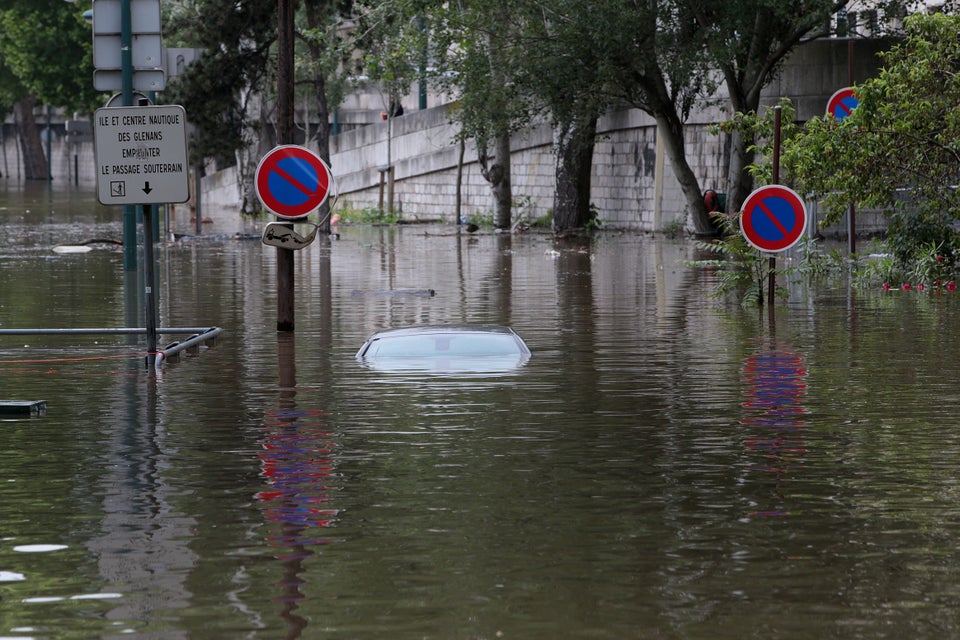
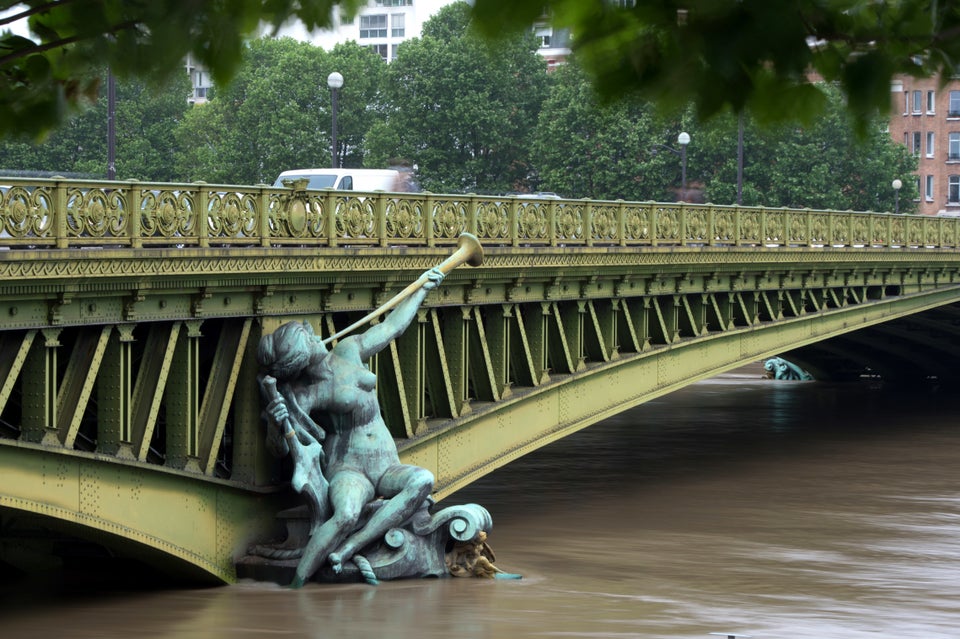
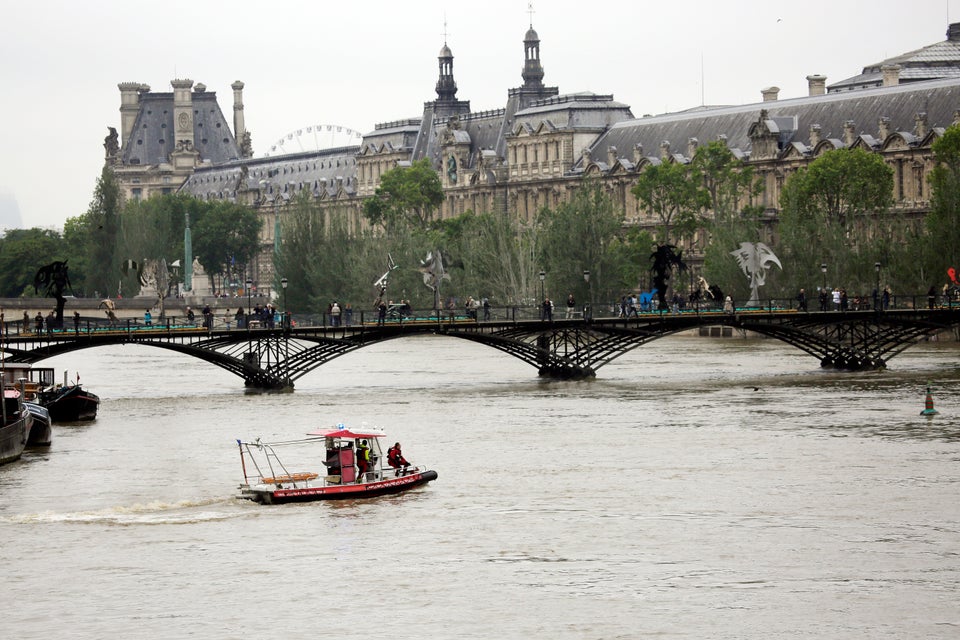
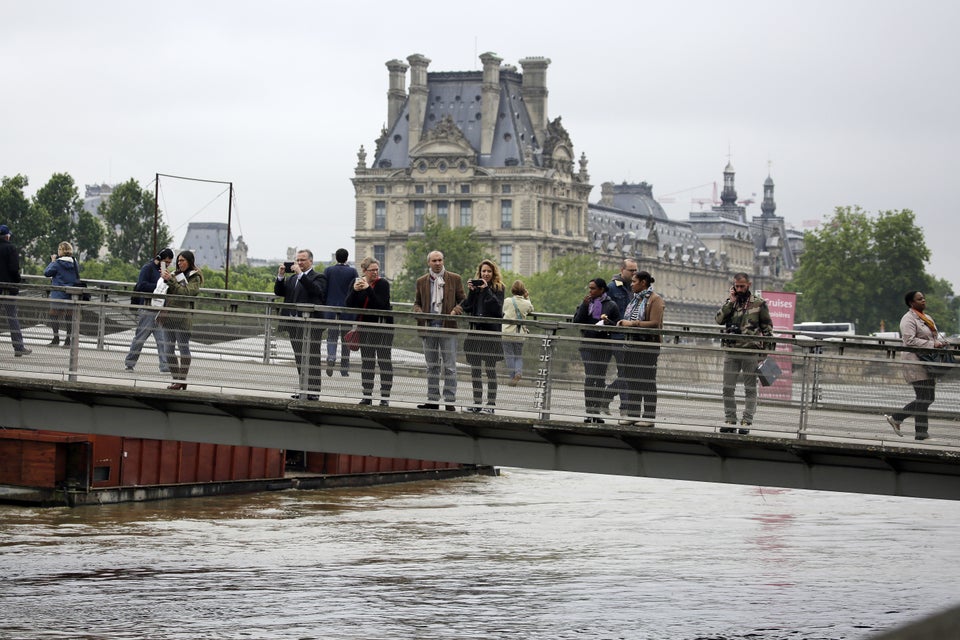





While the Louvre's most famous painting, Leonardo da Vinci's Mona Lisa, was safe on an upper floor, officials said about 250,000 artworks were located in flood-risk areas, mostly in basement storerooms. The art was hastily being moved upstairs - a move officials described as precautionary, according to the Associated Press.
A spokeswoman at the Louvre, who did not give her name, said the museum had not taken such precautions in its modern history - since its 1993 renovation at the very least.
At the Louvre, disappointed tourists were being turned away.
"I am really sorry, but we're closed today," one staffer told visitors. "We have to evacuate masterpieces from the basement."
Both museums have emergency evacuation plans in case they are hit by flooding, in which the Louvre has 72 hours to remove art stored in its underground facilities and the Musee d’Orsay has 96 hours, the Independent reported.
Paris is currently on orange alert after the waters of the Seine broke the five metre level.
The highest the river has even reached on record was 8.60m, during the devastating floods of 1910.
Story continues below slideshow...
Emergency barriers have been placed along the Seine to try to cushion the impact effect on the city.
French President Francois Hollande has said that a "natural disaster" will be formally declared next week in a Cabinet meeting for areas most affected by the flooding that has hit Paris and France's central regions.
Those planning to travel to France should also be aware that rail strikes have led to the cancelation of some 40% of the country's high-speed trains.
France's SNCF rail company says three out of five of the country's TGV bullet trains were still operating Friday amid strikes by the General Confederation of Labor and Rail South unions, the Associated Press reported.
At least 14 people have died around Europe, mainly in southern Germany, due to the flooding caused by heavy rain.
France, Belgium, Austria, Germany, the Netherlands and Poland have all been affected.
More rain - up to 50mm in some regions - is forecasted throughout the weekend across parts of central Europe, including France.